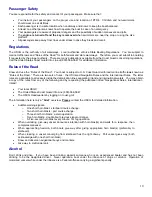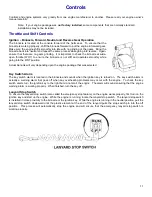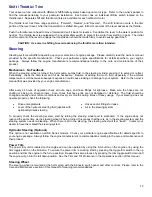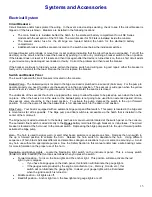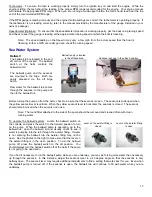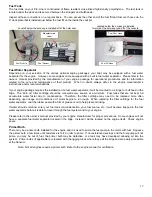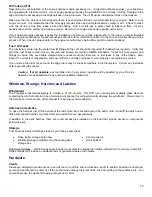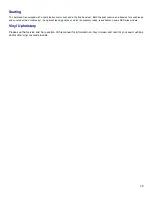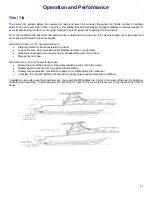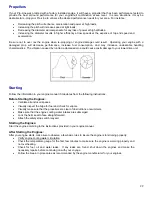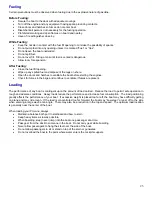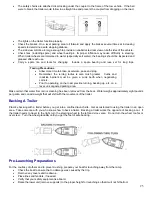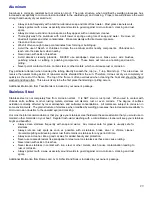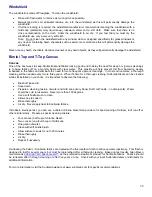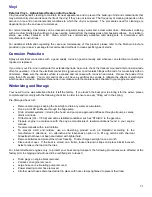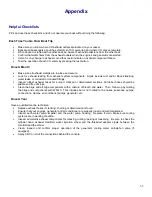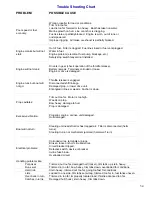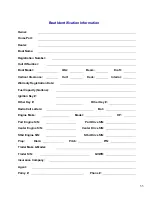
24
Trailering and Launching
Selecting A Trailer
Choose the proper trailer for your boat and make sure the trailer you use is certified. Consult your state authority for state
regulations pertaining to trailering a boat. More damage can be done to a boat by the stress of road travel than by normal
water operation. A boat hull is designed to be evenly supported by water. Pro-Line does not make or recommend the use
of any particular trailer. We do, however, recommend using the bunk style trailer in lieu of a roller style trailer. The bunk
style provides the hull of the vessel with a much more even distribution of weight.
When transported on a trailer, your boat should be supported structurally, as evenly across the hull as possible. This will
allow for even distribution of the weight of the hull, engine and equipment. It should be long enough to support the whole
length of the hull but short enough to allow the lower unit of the boat's engine to extend freely.
Rollers and bolsters must be kept in good condition to prevent scratching and gouging of the hull.
Tie-downs and lower unit supports must be adjusted properly to prevent the boat from bouncing on the
trailer. The bow eye on the boat should be secured either with rope, chain or turnbuckle in addition to the
winch cable. Additional straps may be required across the beam of the boat.
The capacity of the trailer should be greater than the combined weight of the boat, motor, and equipment.
Check the certification label on the forward port (left) side of your trailer to insure it has an adequate gross
vehicle weight rating (GVWR) for the combined boat and trailer.
The tow vehicle must be capable of handling the weight of the trailer, boat and motors, as well as the
weight of the equipment, which will be carried inside. The boat weight must include the weight of the
empty hull, motors, full fuel and fresh water capacities, accessories, equipment, and provisions. This may
require that the tow vehicle may need to be specially equipped with:
o
Engine of adequate power.
o
Transmission designed for towing.
o
Larger cooling systems for the engine and transmission.
o
Heavy-duty
brakes.
o
Load bearing hitch attached to the frame, not the bumper.
Rollers, if used, should only serve to guide the boat into position while in the water and should not be relied upon to
support the weight of the boat. The improper use of rollers voids your warranty and could seriously damage your hull.
Check Before You Go Out On The Highway
Insure that the hitch on the tow vehicle is rated for the gross total weight (GTW) or greater and that the
ball size matches the trailer receiver.
The tow ball and coupler are the same size and the bolts with washers are tightly secured. (The vibration
of road travel can loosen them.)
The coupler is completely over the ball and the latching mechanism is locked down.
The trailer is loaded evenly from front to rear as well as side-to-side. Too much weight on the hitch will
cause the rear wheels of the tow vehicle to drag and may make steering more difficult.
Too much weight on the rear of the trailer will cause the trailer to "fishtail" and may reduce traction or
even lift the rear wheels of the tow vehicle off the ground.
Summary of Contents for 2012 21 CC
Page 6: ...2...

